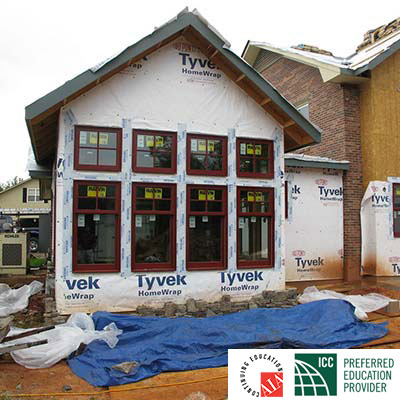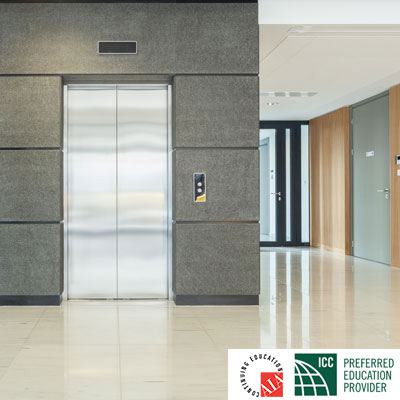Description
This 1.5 Credit package contains:
Course #1 – (7 hour Audio Course) Manage Your Way to Big Profits
Course #2 – (7 hour Video Course) 2010 ADA Standards: Key Features and Elements
Course #3 – (1 hour Video Course) Understanding and Preventing Sexual Harassment
Manage Your Way to Big Profits
Instructor: Paul Acker
This course is designed to be the next step in raising your construction management skills to the next level. The class will help prepare the learner for the scope of responsibilities that a professional construction project manager, whether for residential or commercial projects, must be prepared to perform. The course begins with preconstruction services and project start-up tasks. As the project continues, controlling the finances, overseeing the project progress, safety, environmental and energy concerns are just a few of the many tasks a project manager must supervise. Finally, a successful manager must properly close out the project, all while achieving a profit, and securing a satisfied customer.
Upon completion of this course, participants will:
- Be able to assemble a project team, ensuring they are qualified to perform the work in accordance with specifications and requirements.
- Recognize the role of OSHA in the workplace and describe the causes of the most common workplace injuries.
- Understand environmental regulations that govern construction activities for protecting water, air and land quality.
- Develop a close out procedure that will verify accuracy and completion of all building component systems, including warranties and certifications, prior to issuance of a Certificate of Occupancy.
This Course Covers:
- Planning and startup
- Project progress
- Environmental and energy concerns
- Safety
- Close out
2010 ADA Standards: Key Features and Elements
Instructor: Roger Peck
The ADA is one of America’s most comprehensive pieces of civil rights legislation that prohibits discrimination and guarantees that people with disabilities have the same opportunities as everyone else to participate in the mainstream of American life, to enjoy employment opportunities, to purchase goods and services, and to participate in State and local government programs and services. The 2010 Standards set minimum requirements, both scoping and technical, for newly designed and constructed, or altered State and local government facilities, public accommodations, and commercial facilities to be readily accessible to and usable by individuals with disabilities.
This video course covers the fourth through tenth chapters of the 2010 ADA Standards for Accessible Design. The material for this course is presented by simple narration and power point video presentation, including on-site, real world video examples in various accessible buildings used by both the public and private sector.
After completing this course participants will be able to:
- Be able recognize what exterior and interior components can and should comply with ADA standards.
- Outline at least one design strategy based on ADA standards for the construction of either a public or private building.
- Identify requirements for proper maneuvering space, clearance and accessible routes.
- Summarize the options available to the design or building professional when designing a facility per the requirements of the ADA Standards.
This course covers:
- Accessible Routes
- General Site & Building Elements
- Plumbing Elements and Facilities
- Communication Elements and Features
- Special Rooms, Spaces and Elements
- Built-In Elements
- Recreational Facilities
Understanding and Preventing Sexual Harassment
Instructor: J. MacDowell
This one-hour course will provide learners with an understanding of sexual harassment, forms of harassment, reporting procedures for harassment, and employer responsibility and liability in the prevention of sexual harassment. Extensive examples, scenarios, and case studies are included for real-world applications.
You will learn to:
- Recognize sexual harassment forms and types
- Understand reporting procedures for harassment
- Acquire knowledge of whistle blower protections
- Apply class concepts to scenarios and examples



